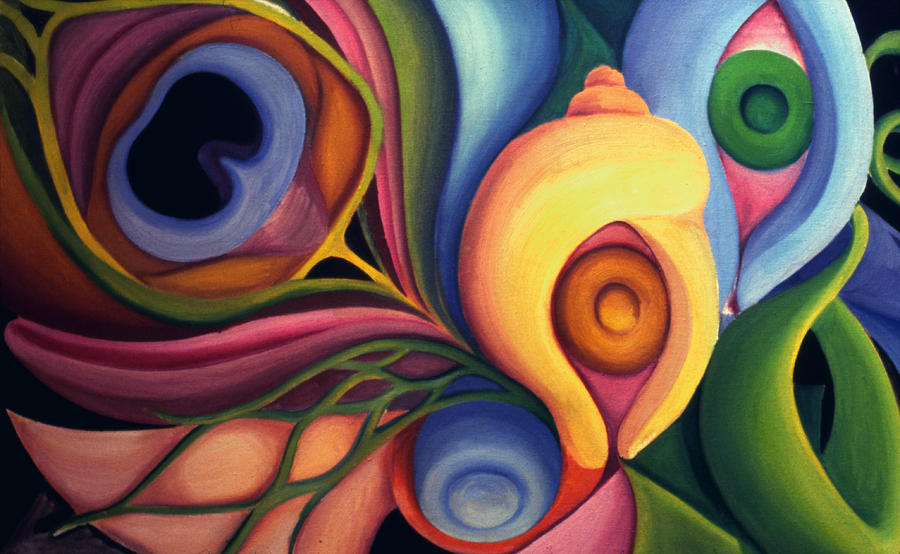

We don’t often see them in the natural, outside world. Geometric shapes are shapes such as triangles, squares, rectangles, circles, trapezoids.After allowing students to describe geometric and biomorphic on their own, provide them with the definitions of each:.Ask students: How might we describe biomorphic shapes? What do you notice about the lines?.Point out the cotton and the boll weevil (a type of beetle that eats cotton buds and flowers) as examples of biomorphic shapes.


Click through the panels and stay on each panel for about 10 seconds before moving on to the next. Ask students to write down what they notice about the shapes and the lines. Watch this short video on Jacob Lawrence’s process for creating The Migration Series.


 0 kommentar(er)
0 kommentar(er)
